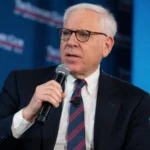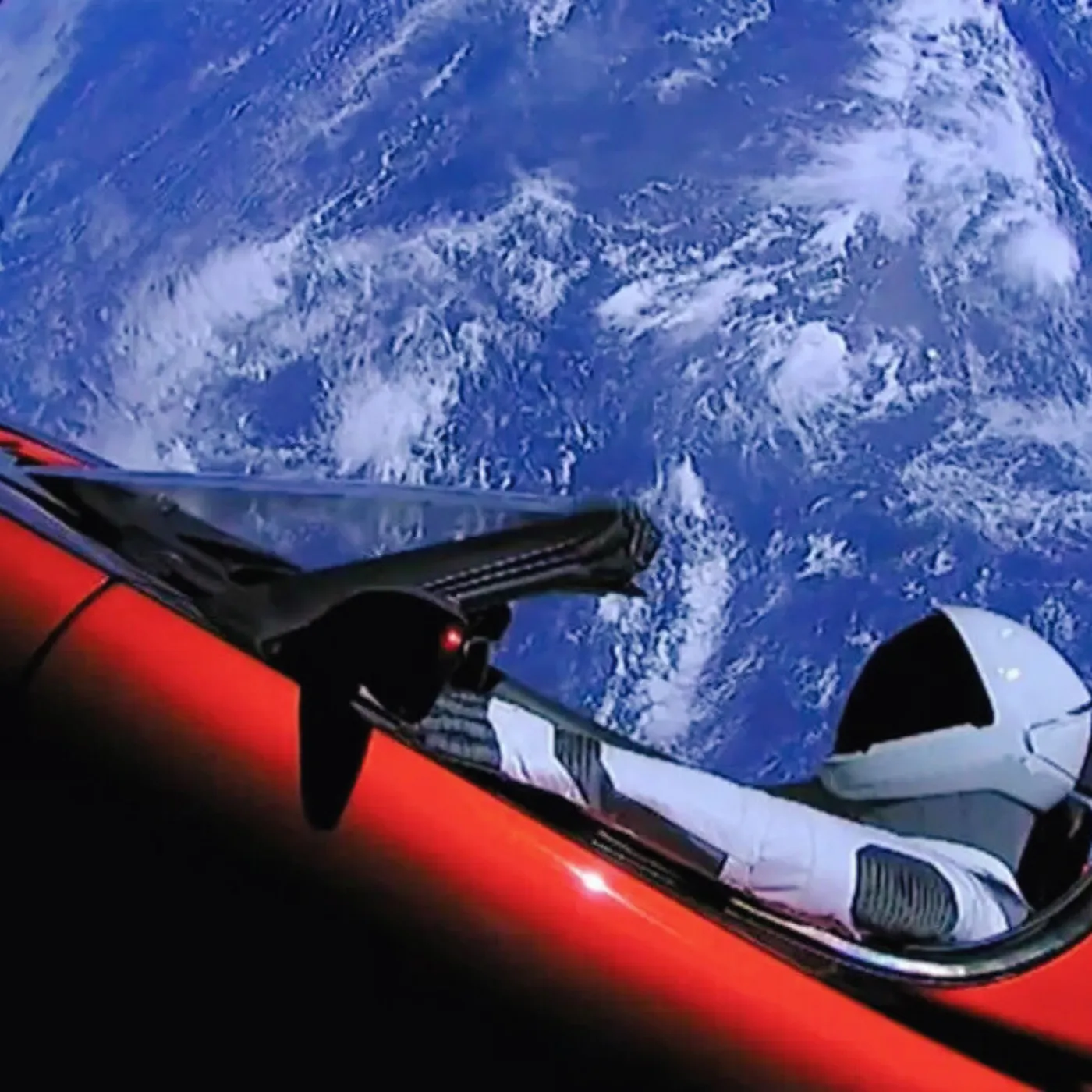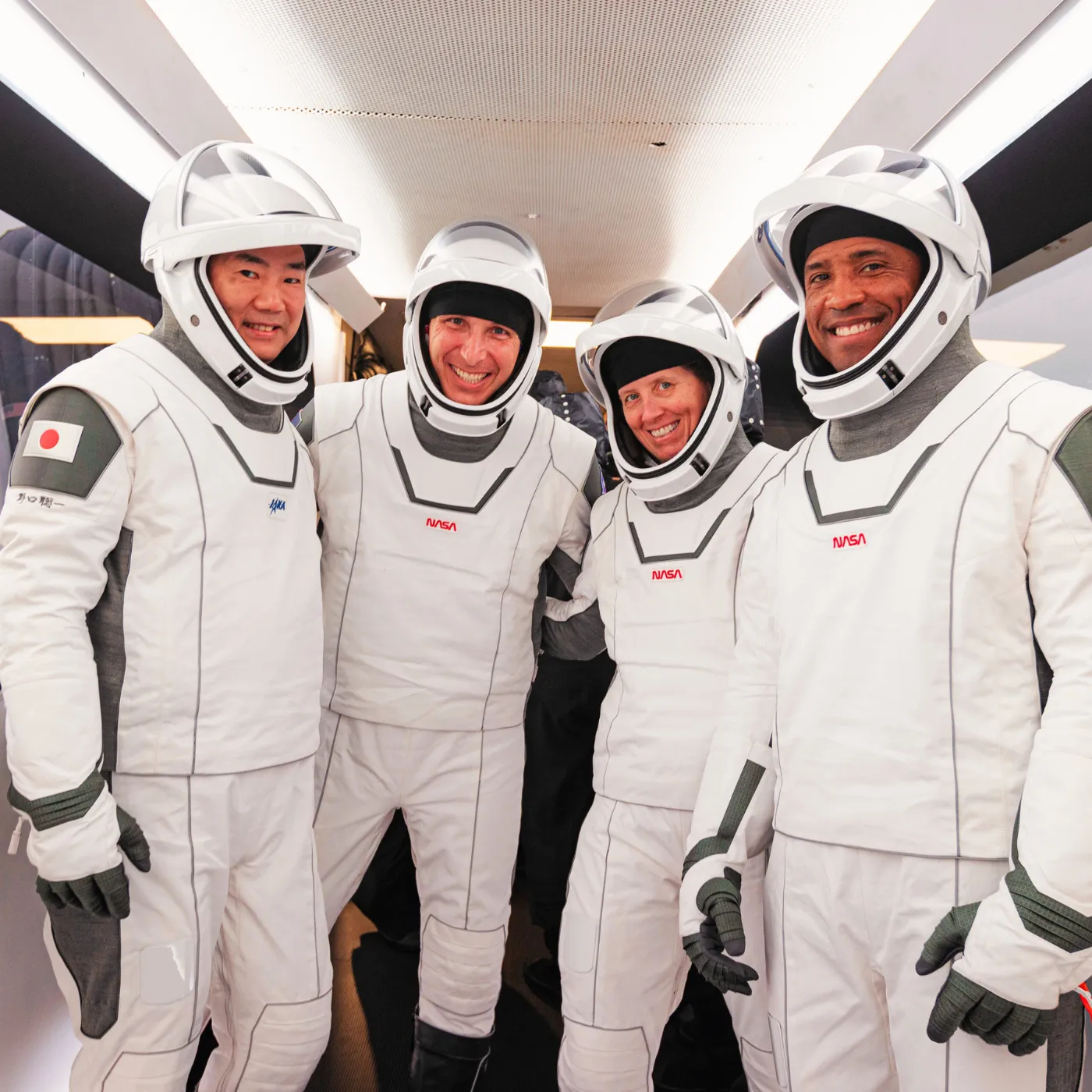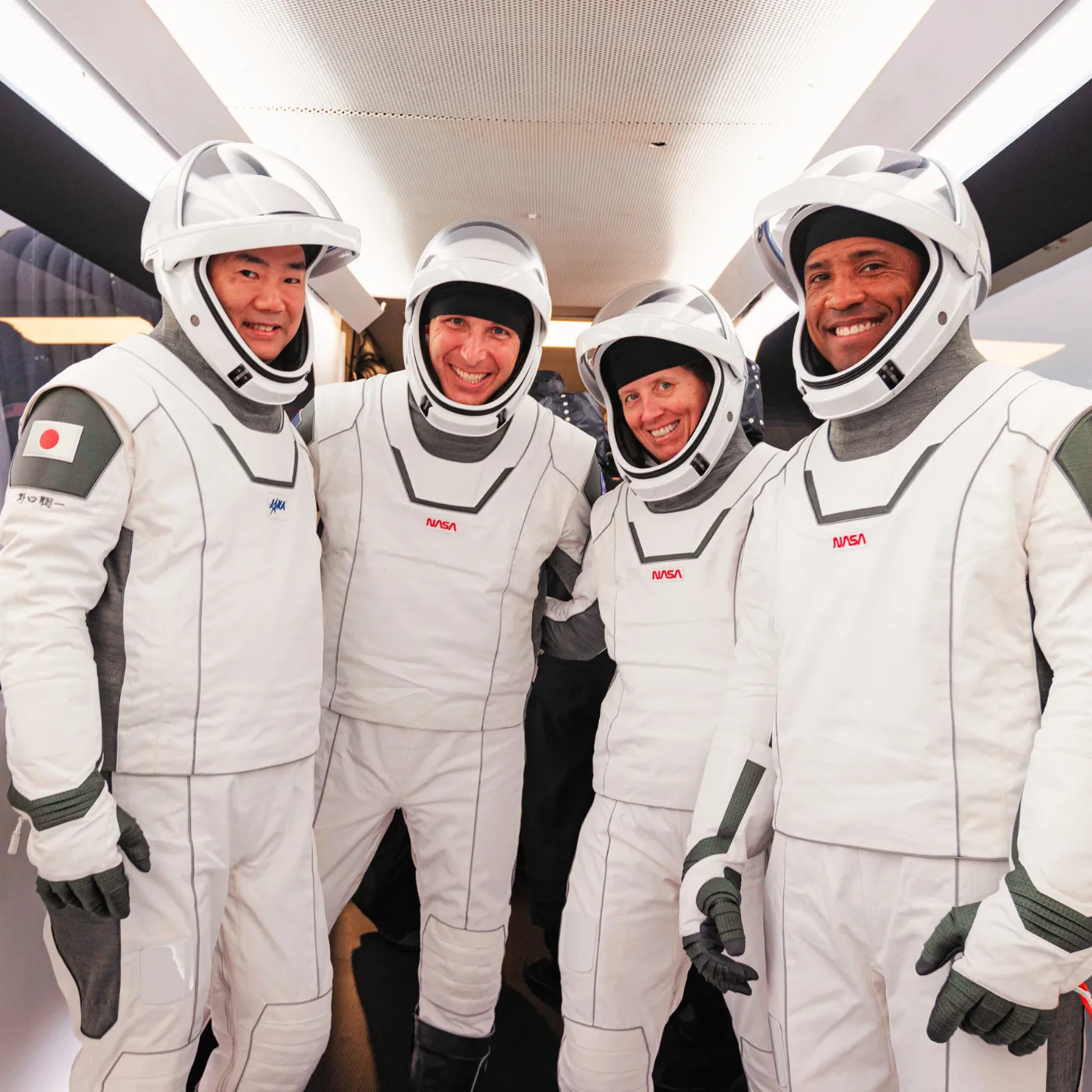

Elon Musk Admits Optimus Robot Is Still Far From Being Fully Developed
In a recent event hosted by Tesla in October 2024, Elon Musk showcased his futuristic Optimus robot—a humanoid robot Musk boldly claimed could do anything, from walking dogs to grocery shopping. He even promised that Optimus could eventually be sold for around $20,000-$30,000 USD, revolutionizing industries. While the robot’s movements were impressive, a number of tech experts, including Robert Scoble, raised suspicions that Optimus wasn’t fully autonomous but rather operated remotely by humans.
AI Claims Under Scrutiny
Musk’s confidence in the capabilities of Optimus quickly faced skepticism. While Optimus seemed to walk autonomously during the demonstration, its interactions with people—particularly serving drinks at a bar—felt overly scripted. According to Scoble, “This is not fully AI. Humans are still helping it from afar.” Some even questioned if Tesla’s presentation of Optimus was merely a showcase with little actual AI involvement. Arstechnica further pointed out that Musk’s usual tendency to flaunt groundbreaking technology was absent in his presentation, raising further doubts.
Smooth Yet Suspect Movements

Despite the controversy surrounding its autonomy, Optimus received praise for its fluid movements. Musk continued to assure the audience, “Our goal is to create a truly useful humanoid robot, and we are moving as quickly as possible.” However, he admitted that there was still a lot of work to be done. This didn’t stop the crowd from being impressed by the apparent precision of the robot, as it navigated the crowd and performed tasks with an almost human-like quality.
Tesla’s Vision: From R2-D2 to Everyday Helpers
Elon Musk’s ambitions for Optimus go beyond just robotic assistants. He envisions a future where these robots could serve as versatile household aids—similar to beloved characters R2-D2 and C-3PO from Star Wars. In Musk’s view, robots like Optimus could help with cooking, cleaning, and even assisting the elderly. Tesla also aims to integrate advanced chips into these robots, giving them the ability to connect via Wi-Fi and LTE, while their human-like joints enable a wide range of motion and mobility.
The Road to Mass Production: Will Musk Deliver?
While Tesla’s ambitious plans for Optimus include mass production at a price point of about $20,000 USD, the question remains: Can Musk really deliver on these promises? With plans for mass production, Musk envisions selling millions of these humanoid robots, which would have the potential to dramatically alter the workforce landscape. But experts remain cautious, especially when Musk’s target of a $25 trillion market capitalization seems wildly optimistic. The comparison to Apple’s valuation highlights the immensity of the challenge.
Optimism or Overconfidence?
Despite Musk’s bold projections, achieving a market cap of $25 trillion would require Tesla to exceed Apple’s value by a staggering 8 times—a feat many see as unrealistic. Musk has repeatedly stated that self-driving cars will play a crucial role in Tesla’s growth, potentially pushing the company’s valuation to $5-$7 trillion. But even that goal is being met with doubts from industry analysts.

The Competitive Landscape
Optimus may not be the only robot vying for attention in the market. Boston Dynamics, Agility, Neura, and Apptronik are all competitors in the humanoid robotics field. However, Musk remains unfazed by these rivals, stating, “What really matters is whether we can outpace them and whether we can finish our product before they do.” His focus is on speed—getting a perfectly refined product to market first.
The Future of Humanoid Robots: From China to the US
While humanoid robots are making strides in markets like the US and China, their true potential remains unclear. Even at the World Robot Conference in August 2024, many “robots” seen on stage were later revealed to be humans in costumes. This shows how far the technology still has to go before achieving a truly autonomous humanoid robot.


















